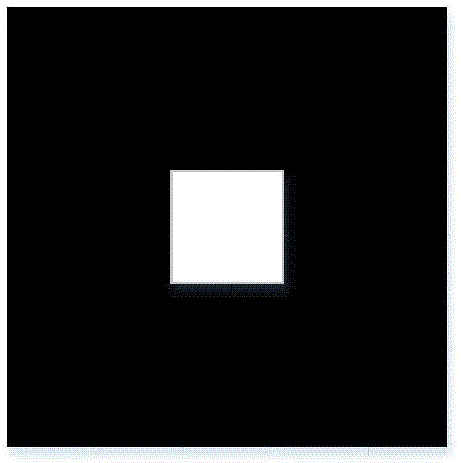Method for detecting skin burn depth based on unilateral nuclear magnetic resonance sensing equipment
A technology of nuclear magnetic resonance and sensing equipment, which is applied in the directions of sensors, diagnostic recording/measurement, medical science, etc. It can solve problems such as wrong treatment plan, misjudgment of burn depth, monitoring and measurement, etc., and achieve reduced loss, low cost, and weight light effect
- Summary
- Abstract
- Description
- Claims
- Application Information
AI Technical Summary
Problems solved by technology
Method used
Image
Examples
Embodiment Construction
[0023] The preferred embodiments of the present invention will be described in detail below with reference to the accompanying drawings.
[0024] figure 1 For the front view of the stepping platform when the present invention carries out nuclear magnetic resonance detection, refer to figure 1 , mainly including a unilateral permanent magnet structure and a stepping motor, using a unilateral permanent magnet structure to generate a static magnetic field; using a radio frequency coil to generate an exciting radio frequency magnetic field orthogonal to the main magnetic field, and detecting the The echo signal generated by the sample to be tested; the gradient coil is used to generate the current gradient magnetic field for image space encoding; after obtaining the layer imaging, the image of the layer is obtained through two-dimensional Fourier inverse transformation, and finally the stepping motor is used to adjust the total stroke. Arbitrary height to achieve layered detectio...
PUM
 Login to View More
Login to View More Abstract
Description
Claims
Application Information
 Login to View More
Login to View More - R&D
- Intellectual Property
- Life Sciences
- Materials
- Tech Scout
- Unparalleled Data Quality
- Higher Quality Content
- 60% Fewer Hallucinations
Browse by: Latest US Patents, China's latest patents, Technical Efficacy Thesaurus, Application Domain, Technology Topic, Popular Technical Reports.
© 2025 PatSnap. All rights reserved.Legal|Privacy policy|Modern Slavery Act Transparency Statement|Sitemap|About US| Contact US: help@patsnap.com



